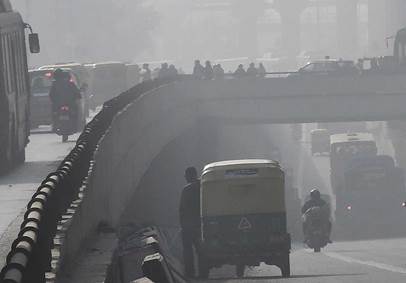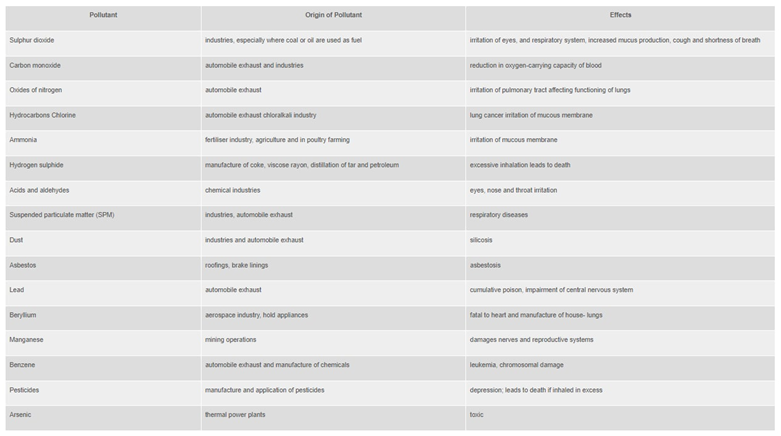Free Courses Sale ends Soon, Get It Now


Free Courses Sale ends Soon, Get It Now



Copyright infringement is not intended
Context:
Details:
Air Pollution

Copyright infringement is not intended
What is Particulate Matter 2.5 (PM2.5)?
PM2.5 effect on health
Where does PM2.5 come from?
There are outdoor and indoor sources of fine particles.
International impact of PM 2.5
Steps taken
National Clean Air Program (NCAP)
https://epaper.thehindu.com/Home/ShareArticle?OrgId=GA4A5OONT.1&imageview=0
© 2024 iasgyan. All right reserved